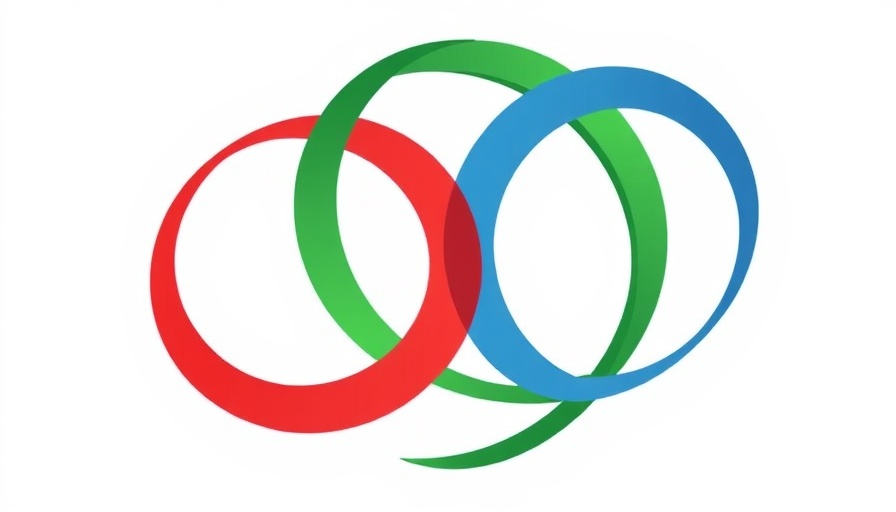
Rwanda's Industrial Output: A Promising Trend Amidst Challenges
Rwanda's industrial production is exhibiting a notable upward trend, with a 7.1% year-on-year increase reported for February. Despite a slight decline from January's growth of 7.4%, this monthly index from the National Institute of Statistics Rwanda (NISR) highlights an overarching resilience in Rwanda's industrial sector.
Sector Performance Breakdown
A closer look at the components of this industrial growth reveals substantial performances across several areas. Mining and quarrying surged by 14%, signaling robust activity in resource extraction. Electricity production saw a striking 21.5% growth, thanks primarily to the operational Rusumo Hydropower plant introduced in late 2024—an essential development for Rwanda's energy landscape.
Furthermore, manufacturing displayed a modest 0.7% increase, propelled by food processing and non-metallic mineral products, which grew by 5.2% and 28.2%, respectively. However, the textile, clothing, and leather sectors faced a contraction of 15.8%, raising questions about sustainability and future policy direction. Analysts are urging for strategic interventions by the Ministry of Trade and Industry to invigorate the manufacturing landscape in these weakened sectors.
Contextualizing Industrial Growth in Africa
The dynamics of Rwanda's industrial growth offer a microcosm of broader trends within the African economy. This increase comes at a time when many countries on the continent are grappling with fluctuating trade relationships and the effects of global economic shifts. As Rwanda embraces its role within Africa's ambitious industrialization agenda, such data becomes a crucial talking point for policymakers and investors.
Future Implications for Investors and Policymakers
For business leaders and investors, the current industrial performance indicators paint a picture of potential. As Rwanda's production capabilities expand, the opportunity for foreign direct investment (FDI) becomes increasingly appealing, particularly in sectors experiencing growth. Yet, challenges such as the downturn in textiles underscore the need for adaptive policymaking that nurtures growth across diverse sectors.
Engaging with Rwanda’s industrial framework offers insights into the wider African economic narrative, where nations are increasingly recognized for their contributions to global supply chains and trade. As we look to the future, staying informed about Rwanda's industrial policies and performance will be pivotal for understanding its evolving role in the global economy.
In conclusion, Rwanda's journey through industrial growth and its implications present significant opportunities for both investors and policymakers to shape a sustainable future for the country's economic landscape.
 Add Row
Add Row  Add
Add 


 Add Row
Add Row  Add
Add 

Write A Comment